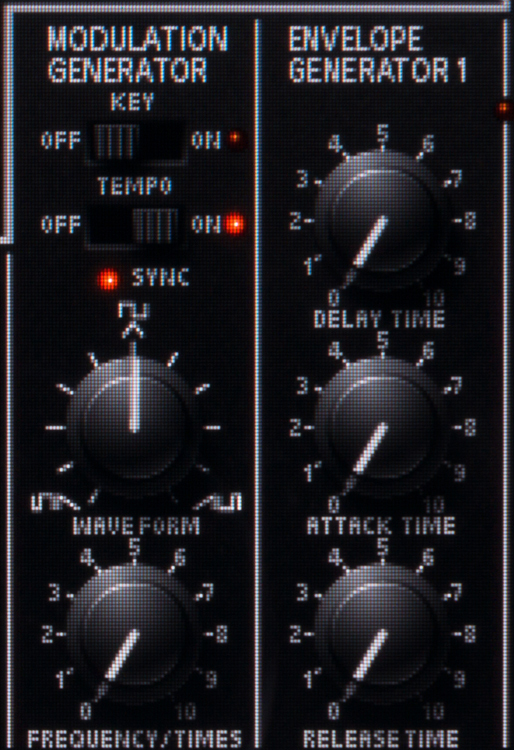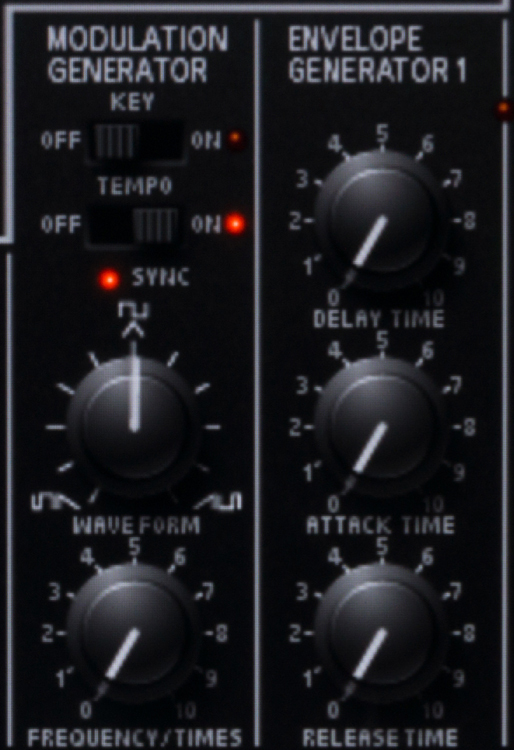Prognathous
n00b
- Joined
- Oct 11, 2007
- Messages
- 43
I'm in the market for a new 27 inch IPS screen, which I plan to use also for image processing (I use DxO Optics Pro 10 to convert my DSLR raw files, and Corel Paint Shop Pro X7 for editing). My current screen is a Dell 2209WA (8 bit), calibrated with Spyder2Express. I'm perfectly ok with its colors, but would like something larger. The problem is that I can only find screens that belong to these two groups:
- 1920x1080 with 6 bit + FRC. Pixel size is convenient for me also for general use, but I have some suspicion that the lower color depth of the screen will be a regression compared to my current screen.
- 2560x1440 with 8 bit. Colors should be fine, but the resolution is too high. In the past I returned a Dell 2007FP because the pixels were too small and I didn't like any of the workarounds to make Windows more usable (like setting higher DPI). Will using a modern 2560x1440 screen at 1920x1080 provide good sharpness?
Thanks!
- 1920x1080 with 6 bit + FRC. Pixel size is convenient for me also for general use, but I have some suspicion that the lower color depth of the screen will be a regression compared to my current screen.
- 2560x1440 with 8 bit. Colors should be fine, but the resolution is too high. In the past I returned a Dell 2007FP because the pixels were too small and I didn't like any of the workarounds to make Windows more usable (like setting higher DPI). Will using a modern 2560x1440 screen at 1920x1080 provide good sharpness?
Thanks!
![[H]ard|Forum](/styles/hardforum/xenforo/logo_dark.png)

